U.S. News
9 American Jobs Hit Hardest by Trump’s Tariffs
By Jake Beardslee · October 27, 2025

How Trump’s Tariffs Are Reshaping American Jobs
As the U.S. trade war intensifies, President Donald Trump’s tariffs continue to ripple across the economy, reshaping industries and livelihoods. While some American sectors tout the policy as a boost to domestic production, others are feeling the strain of rising costs and global uncertainty.Tariffs, by design, aim to protect American manufacturing and encourage domestic consumption. But the reality is more complex. Higher import prices, retaliatory measures from trading partners, and disrupted supply chains have made it difficult for many companies to plan ahead. This uncertainty has sometimes led to hiring freezes, layoffs, and a reassessment of how—and where—goods are made.
The following nine professions reveal how deeply tariffs are affecting U.S. workers across industries, from agriculture to logistics. The White House / Wikimedia

Farmers
Farmers have been among the hardest hit. Tariffs increase the price of imported agricultural inputs—such as fertilizer, machinery, and spare parts—while foreign buyers impose retaliatory duties on U.S. crops. This double blow squeezes profit margins and drives up financial risk. For smaller farms already stretched thin, even a small shift in global demand can be catastrophic. Many are forced to rely on subsidies or loans to stay afloat. Gregory Hayes / Unsplash
Construction Workers
Tariffs on steel, lumber, and imported building materials ripple directly through the construction industry. Developers may pause or cancel projects as costs climb, reducing available work and increasing competition for jobs. Larger firms can often absorb these increases or transfer the burden to clients, but smaller contractors with limited capital may resort to layoffs. Across the sector, wage growth can stagnate as companies cut costs to remain solvent. Josh Olalde / Unsplash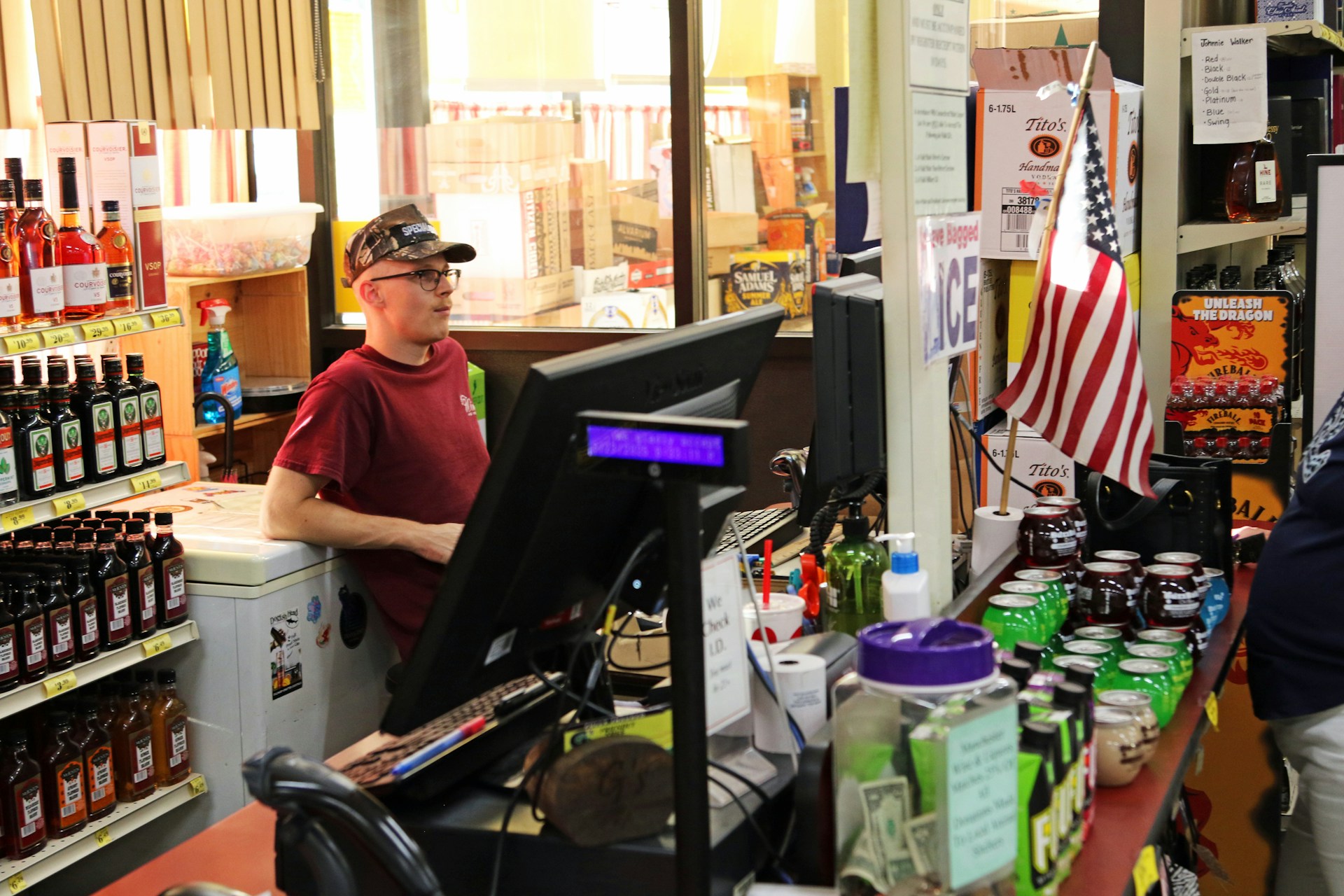
Retail Employees
For retail workers, tariffs often translate into fewer hours and slower wage growth. Rising import costs drive up product prices, weakening consumer demand and forcing stores to make budget cuts. Retailers already operating on thin margins—especially those in apparel and electronics—are the first to reduce staff or scale back bonuses. Even when stores avoid layoffs, pay freezes and reduced scheduling are common strategies to offset tariff-driven expenses. David Trinks / Unsplash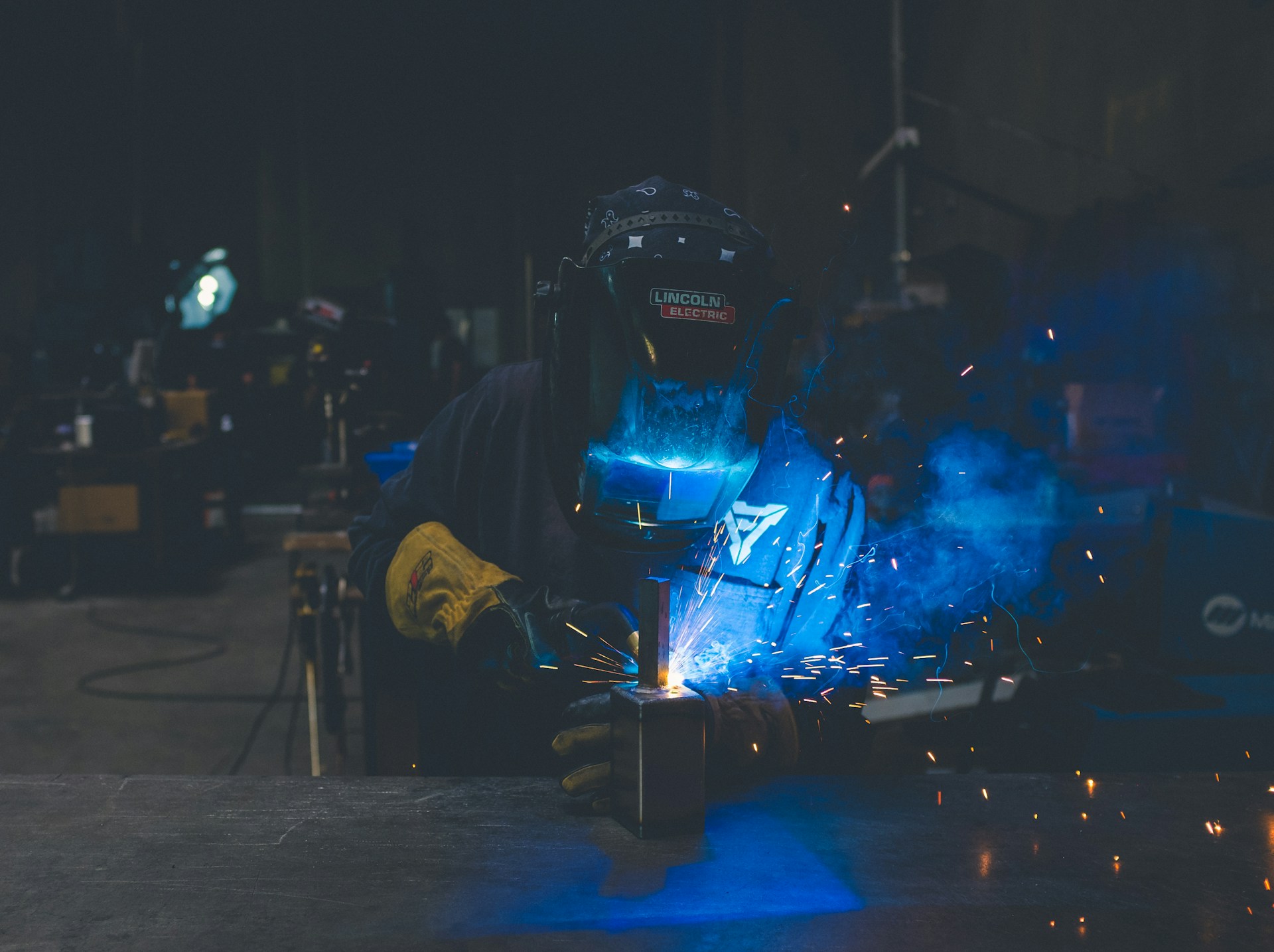
Manufacturing Workers
Tariffs cut both ways for manufacturing workers. While some producers may benefit from reduced foreign competition, most face shrinking demand for exports and higher input costs. Industries with globally integrated supply chains, such as electronics or machinery, are especially vulnerable. Kenny Eliason / Unsplash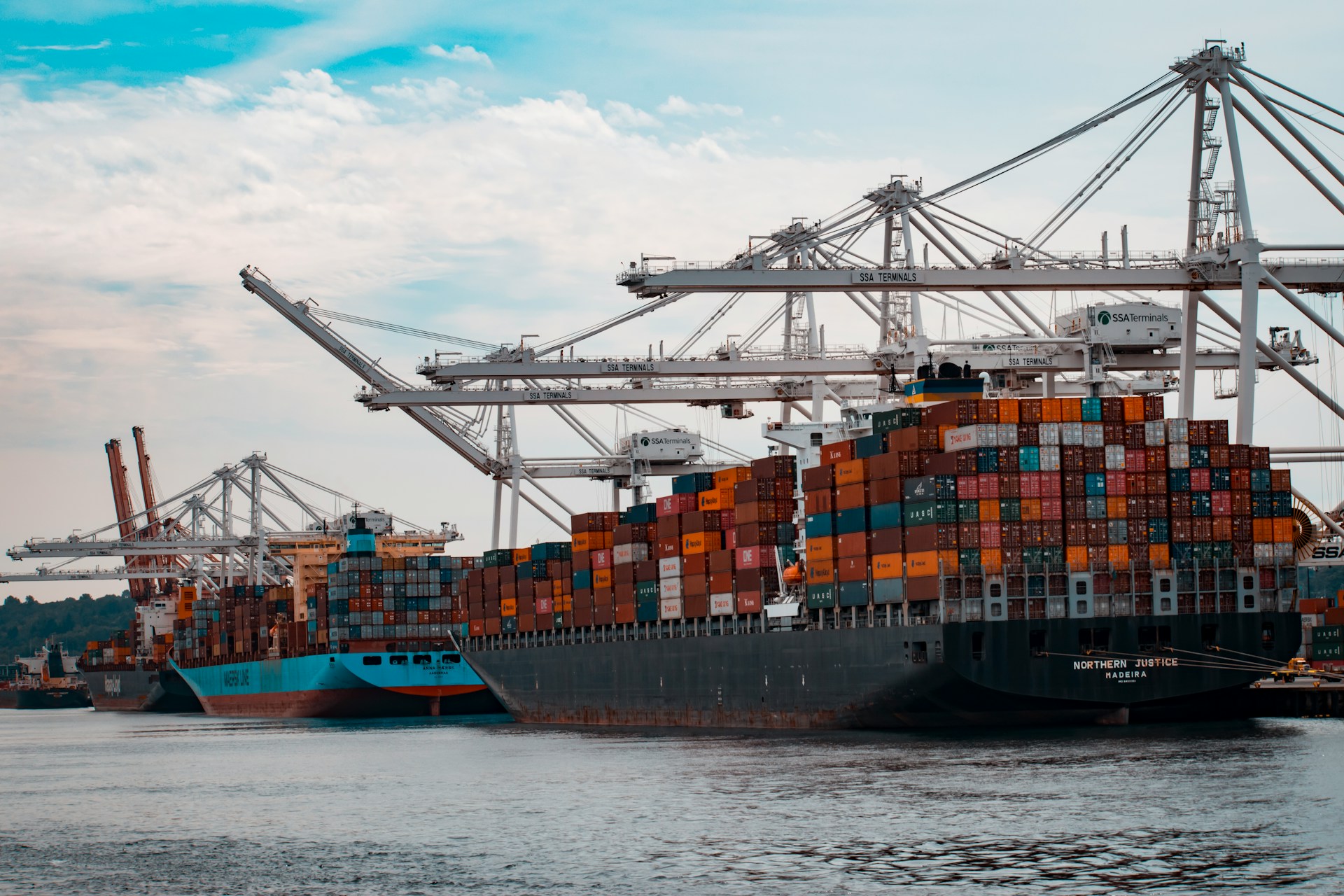
Import and Export Clerks
Tariffs add new layers of complexity to the work of import and export clerks. They must now calculate additional levies, update pricing models, and manage an uptick in customs paperwork. Even minor errors in product classification can lead to fines or shipment delays. As companies reevaluate how much of these costs to pass on to consumers, clerks find themselves balancing compliance with financial strategy—an increasingly demanding task under changing trade rules. Andy Li / Unsplash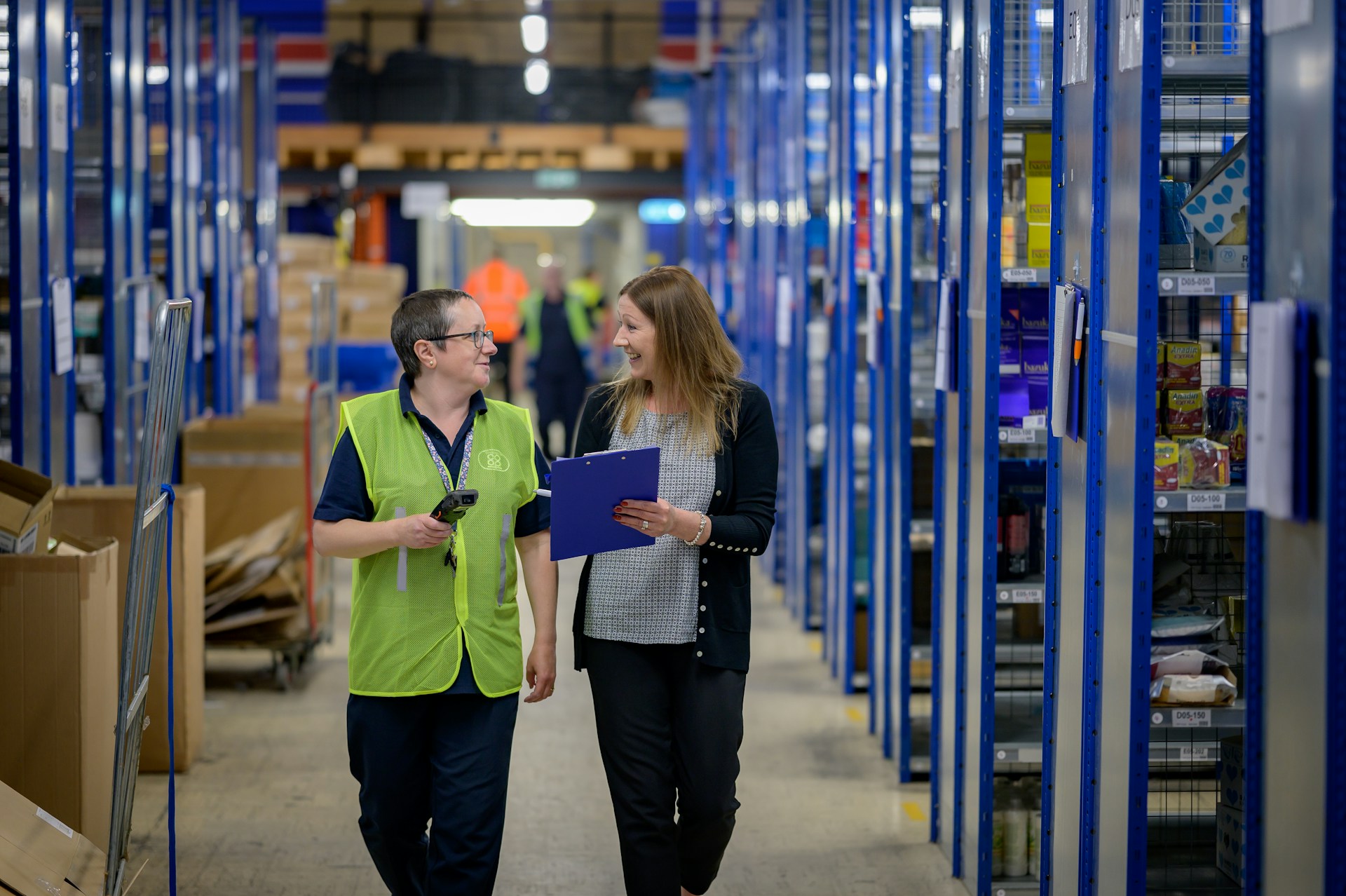
Logisticians
For logisticians, tariffs mean unpredictable shipping routes, higher costs, and added paperwork. Supply chains must be rerouted to avoid tariffed goods, warehouses face overcrowding due to delayed shipments, and transport fees rise. The ripple effect forces logistics managers to reoptimize everything from inventory systems to carrier contracts. Centre for Ageing Better / Unsplash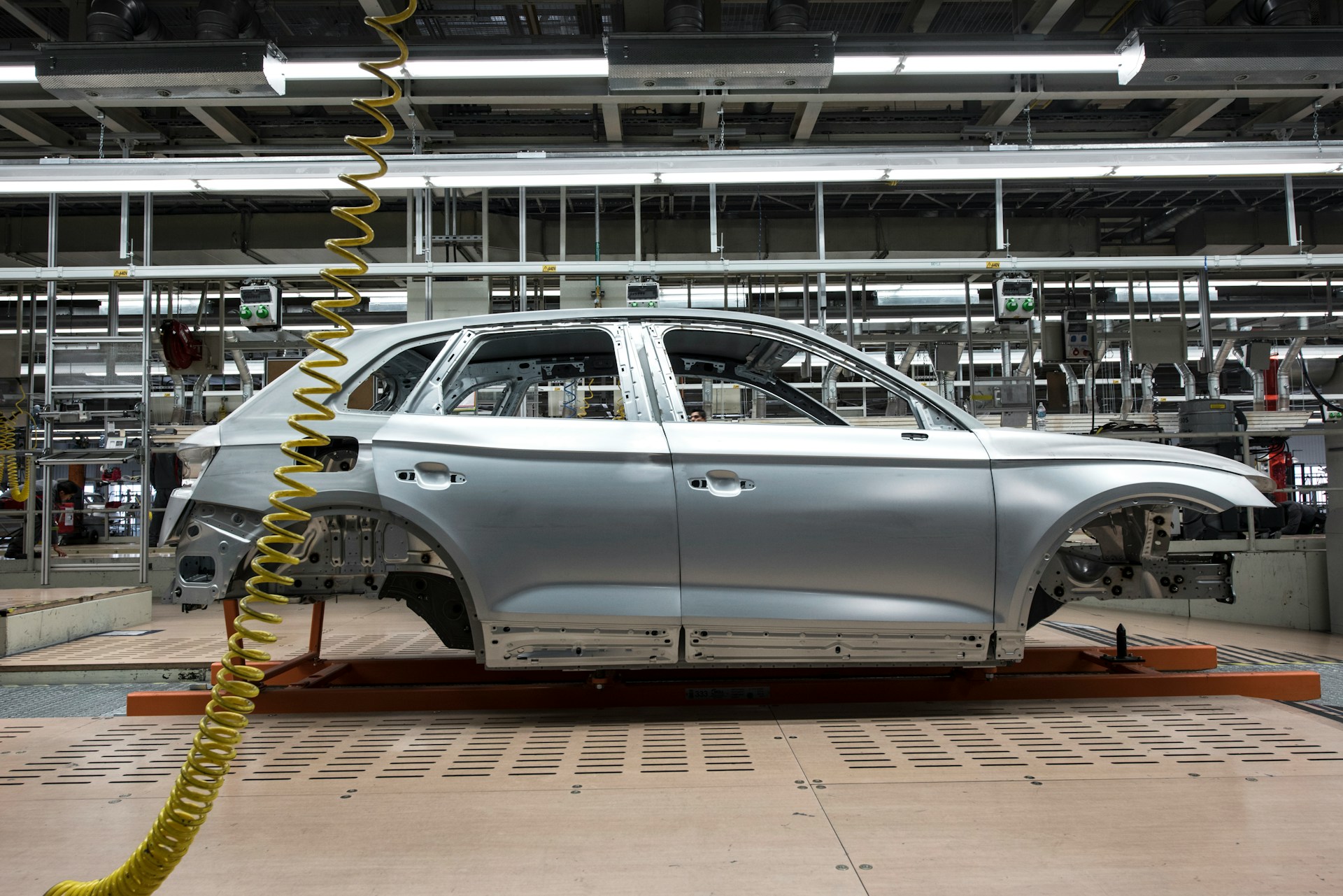
Automotive Workers
Auto industry workers face mounting uncertainty as tariffs raise the price of imported components. Automakers dependent on cross-border parts networks are cutting temporary contracts and delaying new hires. This ripple extends to logistics staff, engineers, and quality inspectors who must now adapt to alternative suppliers. Smaller parts manufacturers—especially those producing for export—are particularly vulnerable to layoffs and plant slowdowns. Carlos Aranda / Unsplash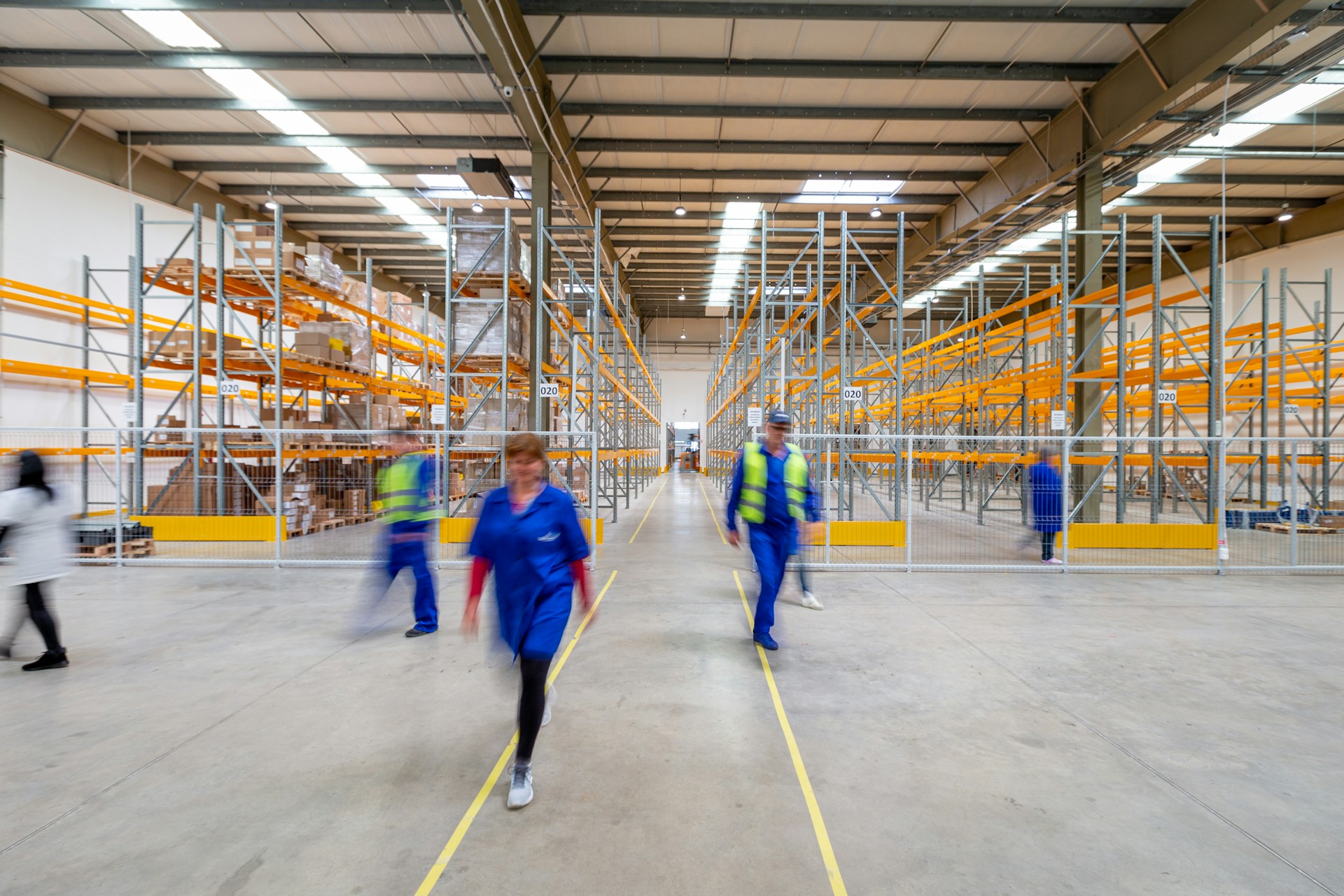
Port and Warehouse Workers
The slowdown in global trade directly affects America’s ports. Tariffs often trigger short-term import surges as companies rush to beat new deadlines, followed by sharp declines in shipping volume. For longshoremen, truck drivers, and warehouse employees, this volatility translates to unpredictable hours and reduced income. Lower cargo throughput can eventually lead to layoffs and weaker job security across the logistics ecosystem. Adrian Sulyok / Unsplash
Textile Employees
Tariffs on imported fabrics and apparel components have pushed many textile firms to cut costs by moving production abroad or automating. For American textile workers, this means fewer jobs, reduced pay, and shorter shifts. Contract and seasonal workers bear the brunt of these cuts, often losing employment altogether. In labor-intensive segments of the industry, the long-term consequences could include permanent relocation of production and an erosion of domestic employment. Alireza Heidarpour / Pexels